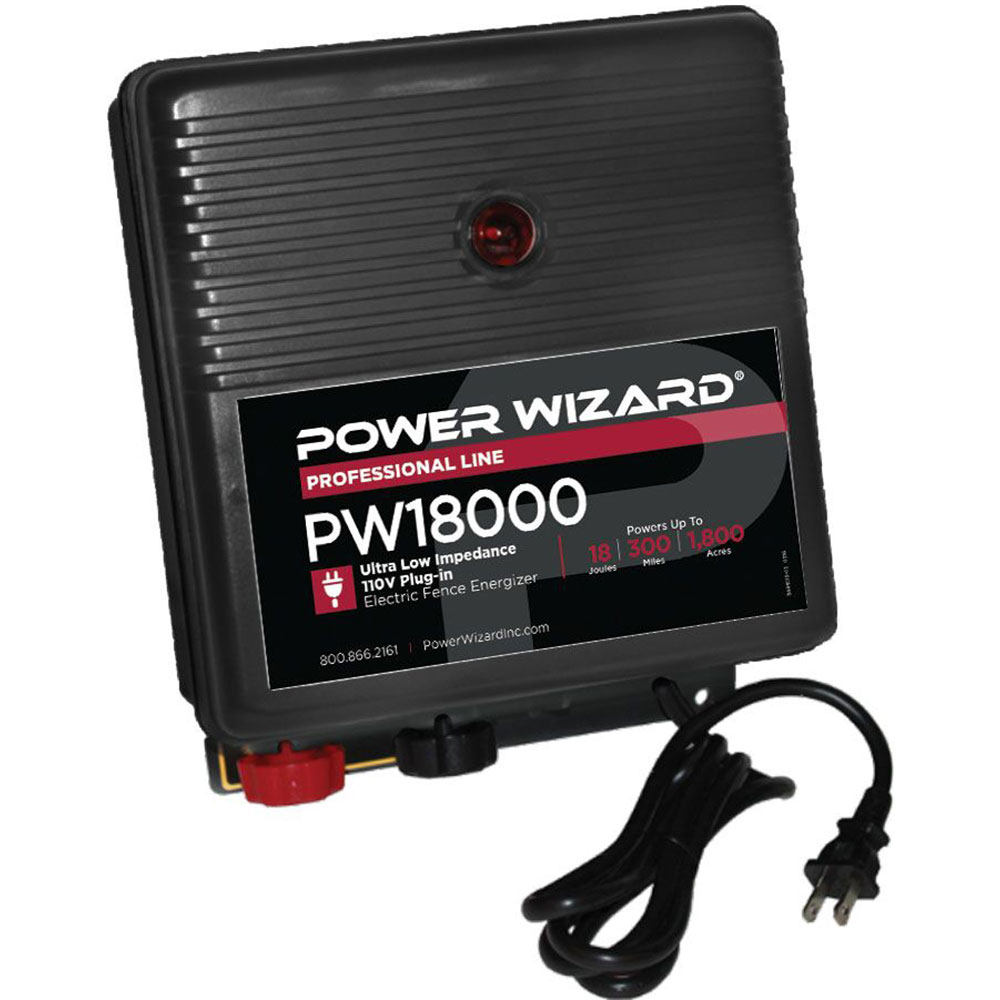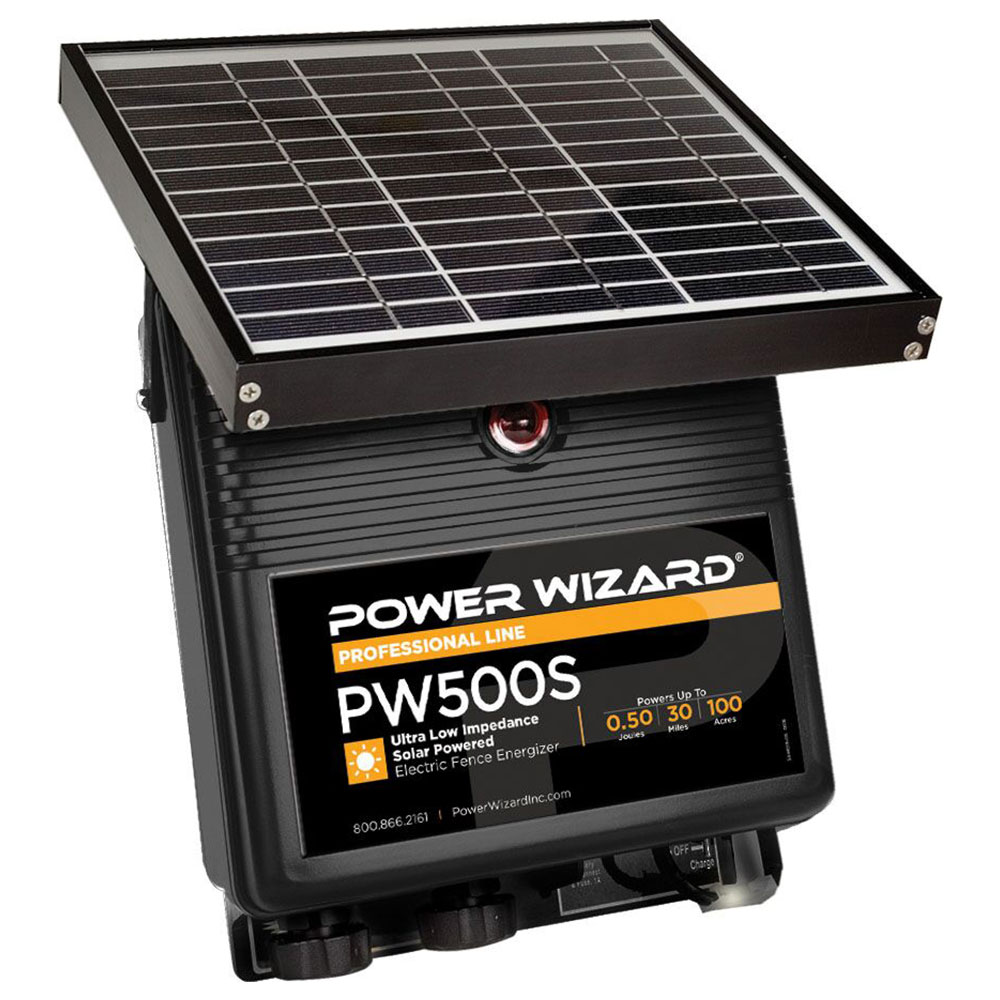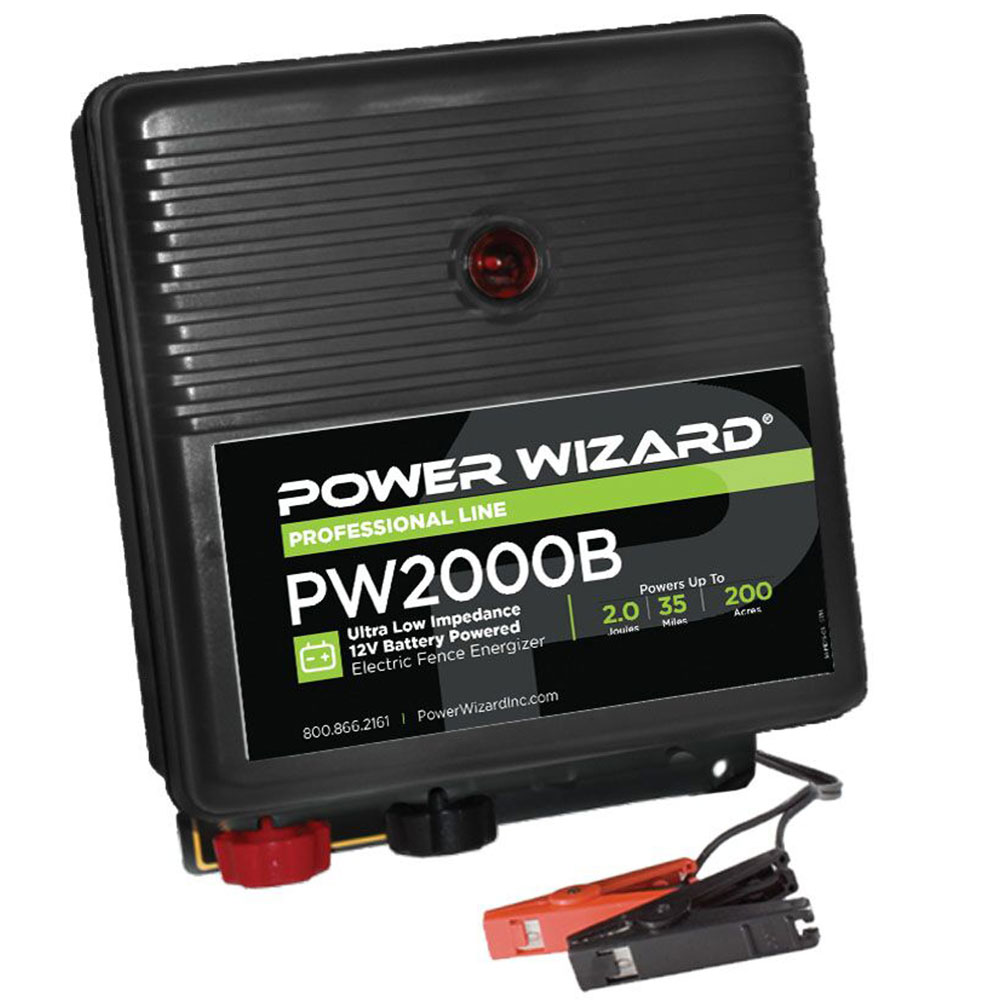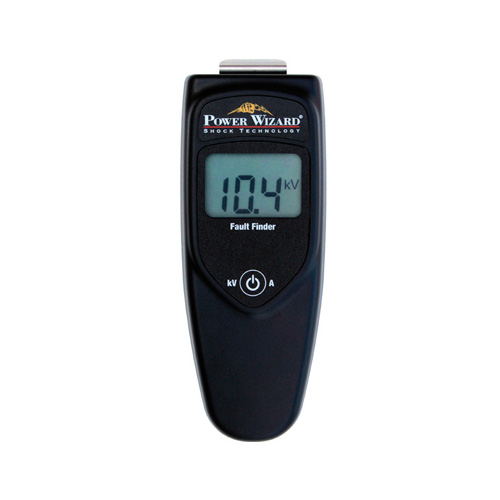Fence Chargers
When looking at electric fence chargers, we always recommend that you protect your investment, and lightning protection is essential to protecting your investment in fence chargers. All of the fence chargers RAMM carries are low-impedance (pulse duration = less than .003 seconds) so they are great at sending the electrical current through resistance like tall grass and down long fence lines. There are different types of chargers,
-
Plug-In Chargers – Plug your fence chargers in with a 2-prong plug-in electric fence charger. Shop from fence chargers with 24.0 joules all the way down to 0.30 joule.
-
Solar Chargers – Trying to conserve on energy costs? Solar-powered electric fence chargers are energy-efficient and environmentally friendly! Choose an electrical coverage option from 3 acres, up to 100 acres.
-
Battery Chargers – Shop from a handful of battery-operated electric fence chargers that cover 35 acres, up to 200 acres.
-
Electric Fence Testers – Want to test your electric fence to see if it is working properly? With RAMM's electric horse fence testers, you will be able to access your fence's voltage and current output readings. It's always good to be prepared and to have the knowledge of how well your electrical fence is working, rather than to be unaware of an electrical problem.
Every good fence charger needs a good grounding system installed. A few feet of rod in the ground is not enough to get the job done (except for light portable chargers). If there are a lot of shorts on the fence and/or the ground is very dry, it is not uncommon to need more than three 5’ ground rods. Ground rods should be 10' apart and at least 30' from other existing grounds. Stay away from water pipes (especially those going to drinking areas) or buildings where an electric charge may affect people or livestock (like milking areas). The non-electrified wires on a fence can be connected to bring distant ground rods back to the ground terminal of the charger. Some installations have required over ten 8’ ground rods.
RAMM Tip: To determine what fence charger to use for your electric fence you will need to calculate the length x width = square footage. The square footage is then divided by 43,560 = the number of acres. Acre listings are given for each charger.
Electrical Terms
Joules (Joules = Amps x Volts x On Time): This is a measurement used to define the amount of electrical work being done or the electrical energy required to exert a certain force. In Layman's terms, it's the distance in which a fence charger will send the electrical energy. 1 joule is equal to 1 watt for 1 second.
Watts (Watts = Volts x Amps): A measurement used to define the available power in a circuit and the consumption of the devices operating on that circuit. Watts are seldom used to define the power consumption of a fence charger and are more used to determine how much of a load is on a circuit for your home.
Voltage (Volts = Amps / Resistance): Volts are a unit of electrical pressure, causing the electrical current to flow. It's the force that pushes the energy.
Amperage (Amps = Volts / Resistance): An amp is the measurement of the flow of the electrical current and is what you feel when you experience a shock.
Resistance: Resistance is any obstacle (low magnetic values in the fence wire, poor connections, lack of conductivity in the earth, etc.) that restrict the flow of electricity, thus causing a decline in voltage. Resistance is measured in Ohms and is what causes a decline in voltage; it's very important to know the voltage your fence charger generates at a given Ohm load.
Ohms: The measure of resistance. Zero Ohms equals total resistance/no power flow. The term "Ohm Load" is used to determine the available power of a fence charger at a specific level of resistance (example: 4,000V @ a 500 Ohm Load).
Electrical Invariables
- Electricity must flow to generate energy.
- Electricity must connect to the ground/complete the circuit to flow.
The power wire is attached to the fence rail(s) and the ground wire is attached to the ground rods. They are not connected so the power cannot flow and generate energy. Therefore, the power is inactive until there is contact with the fence. When an animal touches the fence, it is like a light switch, connecting power to the ground and completing the circuit. The complete circuit allows power to flow thereby generating energy. As the power passes through the animal, it receives the shock.
Do you have questions about the electric fence supplies you need for your project? We welcome you to call us at 1-800-434-6296 to speak with a friendly RAMM account manager. You may also visit our Horse Fence FAQs page for the most common questions we have regarding horse fence installations.




